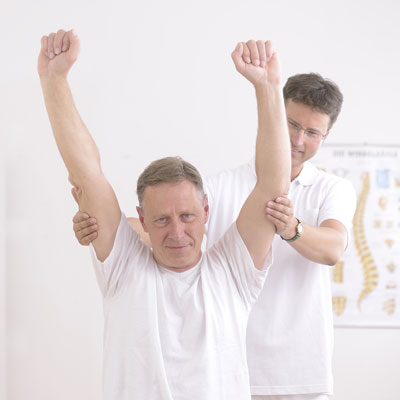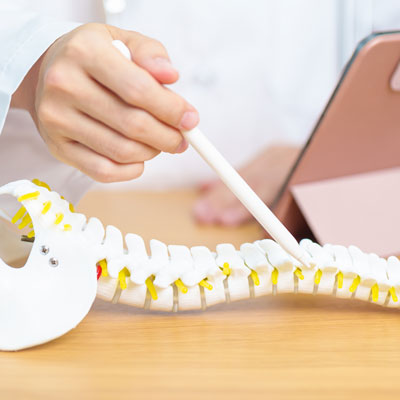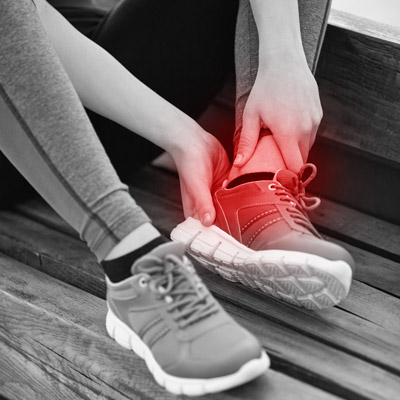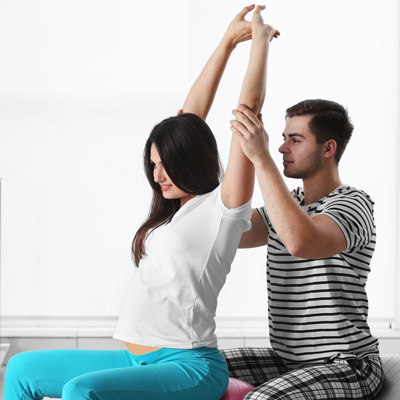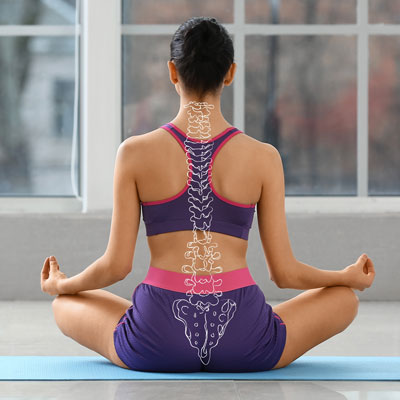Do you stand all day for work? Here’s what you need to know.
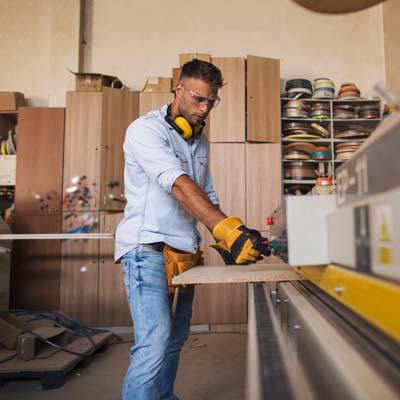
Do you work at a job that requires you to remain in a standing position for five to eight hours each day? If so, you already know that this can strain the body. If you’re ever returned home and discovered that your feet and legs were swelling or your back was hurting, this is probably the result of standing all day for work. If you are needed to stand all day at your place of employment, here’s what you need to know.
The Effect of Standing All Day
Standing throughout the day takes a toll on your body. One of the greatest obstacles posed by standing all day is gravity! Gravity keeps humans anchored on the earth, but it also anchors and pushes down vital parts of the human anatomy. As time elapses (in a standing position) this compresses the spine, pushes organs downward, and contributes to poor circulation.
You may have already realized that your legs and feet can become swollen and tired after a long day of standing, or your back may begin to hurt. This is because your body is strained by remaining in an upright position for a long time.
By standing upright for a long time, the organs and systems in your body can become less efficient, as gravity is exerting force in a downwards position. This is particularly true of systems that move fluid, like the lymphatic system and the cardiovascular system. It can also take a toll on the skeletal system, which is responsible for keeping the body upright.
Choose the proper footwear.
To help support your body while standing, you must choose the correct shoes. Keep in mind, the correct shoes aren’t necessarily the most expensive, orthopedic shoes on the market. Instead, it means wearing comfortable shoes to your foot that you know can provide you with 5 to 8 hours of comfort.
Look for shoes that don’t significantly change the shape of your foot. When this happens, it can change the natural ability of the foot to support your body. Keep away from shoes that narrow, pinch, or squeeze any part of your foot.
Choose a shoe that doesn’t make your arch deeper than it is, or is far too flat to provide any support.
The “perfect” shoe is one that already matches the contours of your foot relatively naturally. When this happens, your foot can rest in it easily, which prevents other muscles in your legs and body from having to work hard to counterbalance poor support.
Check your workspace for proper ergonomics.
The definition of an ergonomic workspace is one that is efficient. The more your workspace supports your body, the more efficiently you are able to do your job. When everything is within reach and your body is able to move comfortably, this minimizes excessive reaching, bending, moving, and leaning.
Efficiency and comfort decrease when you have to reach for objects you work with. Ensure that everything is comfortably within reach.
If standing in one place is a requirement of your job, don’t twist your torso when you reach and grab for objects. Instead, focus on turning your whole body (use your feet to do this) and facing whatever direction you need to face without a twist.
Avoid standing on metal or concrete surfaces for long periods time.
Avoid standing on metal and concrete surfaces for long periods of time while you work.
Rubber, cork, and wooden floors are excellent choices to stand on, as they absorb shock and support your bones and joints.
In the event that you don’t have a rubber, cork, or wooden floor available to stand on, ask your superior for an anti-fatigue mat to stand on. Anti-fatigue mats are made of soft material that helps to cushion the surface that you’re standing on. Whether or not you’re stationary at work, an anti-fatigue mat will prevent too much wear and tear on your joints.
Shift your standing position frequently.
Even if you’re standing still, make a concentrated effort to change your standing position often. You don’t need to move or shuffle constantly, but periodically changing your position helps redistribute your body’s weight and supports healthful circulation.
Alternate your body weight from one side to another. Be sure that one foot or one side of your body isn’t forced to hold the majority of your body’s weight throughout the day, as this can build muscles asymmetrically.
Request a footrest or footstool that you can keep near you while you work. Use the footrest to alternately give breaks to your feet, one at a time.
Take breaks from tasks as often as is practical.
Every workplace has its rules for breaks. Be sure that you are taking your breaks regularly, and try to get off your feet when you can.
Regardless of whether you move for your break or remain in place, be sure to practice stretches that help you to increase circulation and refresh any muscles that may be tightening.
When possible, request a stool that you may lead on or sit on. This is especially true if your entire shift is generally made up of standing time. Ask your supervisor to place seating near your station so it can be used as needed.
Don’t rush your work.
Be aware of when you are rushing or moving too quickly. Sloppy or rushed movements can cause additional strain on the muscles and joints.
No matter what your task is, take your time. This will help to prevent injuries and accidents, and prevent additional strain on your body.
If you can’t stand comfortably, always ask for a break or ask for a chair or other form of seating. Even though your body can adapt to the feeling of standing, your adaptation won’t prevent the activity of standing from straining your body. Always be sensitive to your body’s unique needs and know your limits.
When you are given the option to take a break, especially if you’ve already been standing for hours, take it without delay! Sitting, even for a short period of time, can help your body recover from the stress of standing.
Roll your feet regularly, if possible at the beginning and end of a day.
When you arrive home, roll your feet! Rolling your feet can be done with either a tennis ball or a specially designed cork or stress ball. While sitting, place your foot on top of the ball (placed on the floor). Roll your foot forwards and backward, easing tension out of the arch, ball of your foot, and toes.
Practice getting upside-down.
If possible, invert your body after a day full of standing. This helps reverse some of the downward pressure exerted by gravity on your body over your day.
A simple inversion is to lay at a 90-degree angle against a wall with your feet above your hips. Start slowly with this inversion (no more than a few minutes), building up by a minute or two every day.
If possible, practice inversion in the form of headstands, handstands, elbow stands, or other self-supported inversions. Inversion tables and inversion tools are also helpful ways to get upside-down and counteract the gravitational effects of a day of standing.
Build muscle tone with strength training.
One of the best ways to support your standing job is by practicing strength training and stretching. Stretching will support your strength training and keep your body limber and mobile. Combining these activities will help strengthen your muscles and ensure that your body can support itself comfortably for long periods of standing time.
Visit a chiropractor as often as possible.
Chiropractors are experts in the nerves, muscles, and skeletal system. Each of those body components is strained during long periods of standing and can benefit from chiropractic treatment.
At SpineWorks Chiropractic, Dr. Luc Archambault uses an advanced technique called Chiropractic BioPhysics® to create long-term changes in the spine’s shape where misalignment is evident, and provides traditional mirror-image adjustments to help support health. If you’re struggling with back or neck pain and looking for a back pain expert in London, contact us today.

